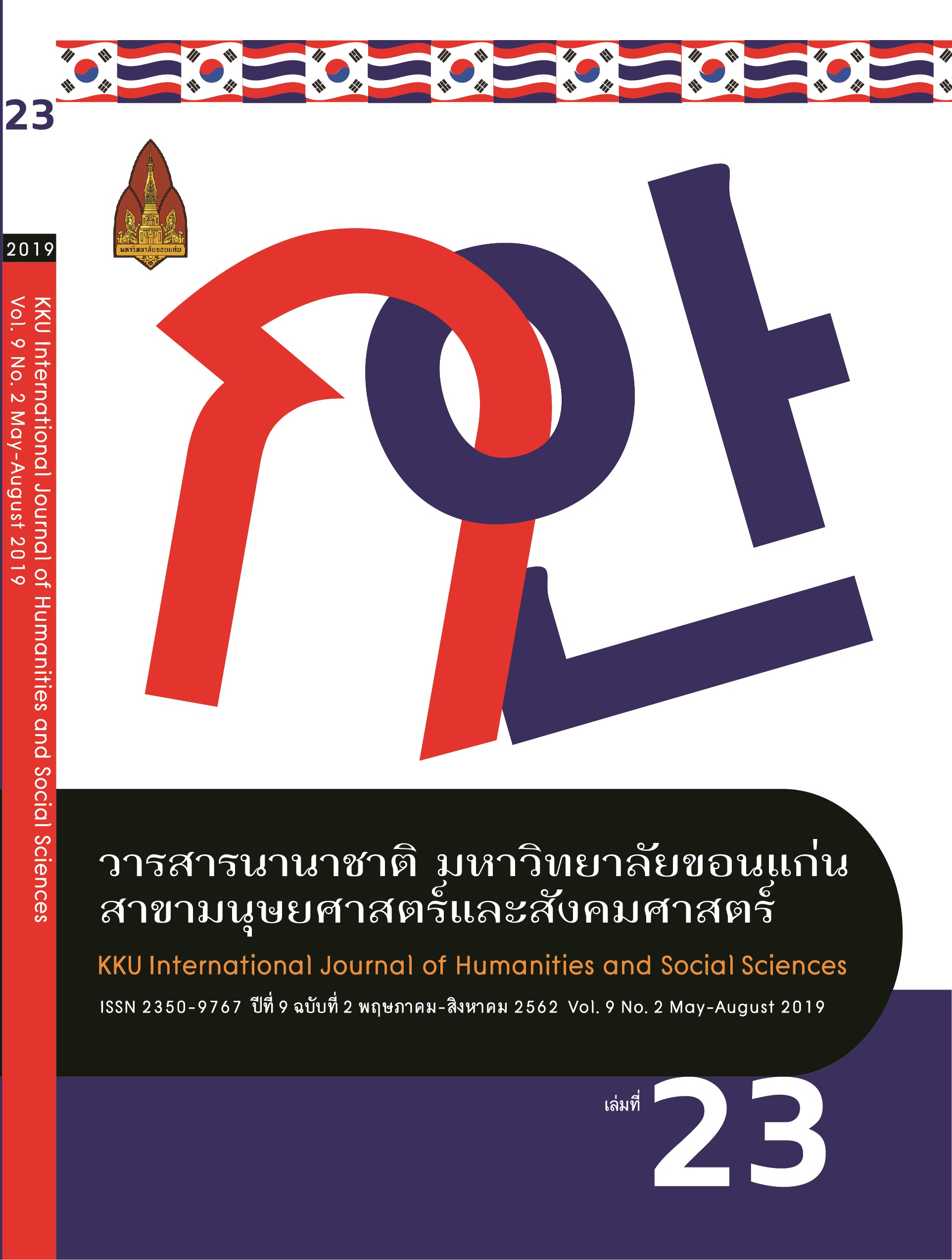Impact of Climate Change to Women Exacerbated by Gender Inequality: A Case Study of Lao Cai
Main Article Content
Abstract
This article is based on a research output conducted in Lao Cai, Vietnam, funded by SHAPE-SEA research grant, Mahidol University, Thailand to examine the right to food of women in the context of climate change and gender inequality. The paper objective is to re-examine the power relation between men and women and how it reflects in the right to food and climate change context to provide possible suggestions for the country climate change adaptation, poverty reduction policy and gender equality. Another objective is to empower women to be an agent of change in climate change adaptation and improve their right to food. Qualitative methods are applied in the research. The findings of the research suggest that firstly, food insecurity and climate change will reinforce gender inequality; and secondly, gender inequality and climate change will negatively impact on the right to food of women.
Article Details
References
Cuong, N.V., Tung, P.D. and Westbrook, D., 2015. Do the poorest ethnic minorities benefit from a large-scale poverty reduction program? Evidence from Vietnam. The Quarterly Review of Economics and Finance, 56, pp.3-14.
DeRose, L., Messer, E. and Millman, S., 1998. Who's hungry? and how do we know?: Food shortage, poverty, and deprivation. UNU Press.
De Schutter, O.L.I.V.I.E.R., 2008. Statement of the Special Rapporteur on the Right to Food. Rome, Italy: United Nations.
FAO, 2004. Food Insecurity and Vulnerability in Viet Nam: Profiles of Four Vulnerable Groups, ESA Working Paper No. 04-11, Agricultural and Development Economics Division, FAO.
FAO, 2011. The state of food and agriculture. Women in agriculture. Closing the gender gap for development: Rome.
GSO (General Statistics Office of Vietnam), 2010. Result of the Vietnam Household Living Standards Survey 2010, ed. Central Population and Housing Census Steering Committee. Hanoi, Vietnam.
Maxwell, S., 1996. Food security: a post-modern perspective. Food policy, 21(2), pp.155-170.
Sachs, C.E., 2007. Going public: Networking globally and locally. Rural Sociology, 72(1), p.2.
Socialist Republic of Vietnam, 2010. The 2009 Vietnam Population and Housing Census: Completed Results. Central Population and Housing Census Steering Committee, Hanoi.
UN Viet Nam and Oxfam, 2009. Responding to Climate Change in Viet Nam: opportunities for improving gender equality: A policy discussion paper.
United Nations, 1975. Report of the World Food Conference – Rome, 5–16 November 1974. United Nations, New York
VHLSS, 2008. Vietnam Household Living Standard Survey
Vuong Duy Quang, 2004. The Hmong and forest management in northern Vietnam’s mountainous areas. In: Tapp, N., Michaud, J., Culas, C., Lee, G.Y. (Eds.), HmongMiao in Asia. Silkworm Books, Chiang Mai, Thailand, pp. 321–331.
World Bank, 2011. Viet Nam Country Gender Assessment
World Bank, 2012. Well Begun, Not Yet Done: Vietnam’s Remarkable Progress on Poverty Reduction and the Emerging Challenges. Washington, D.C.


